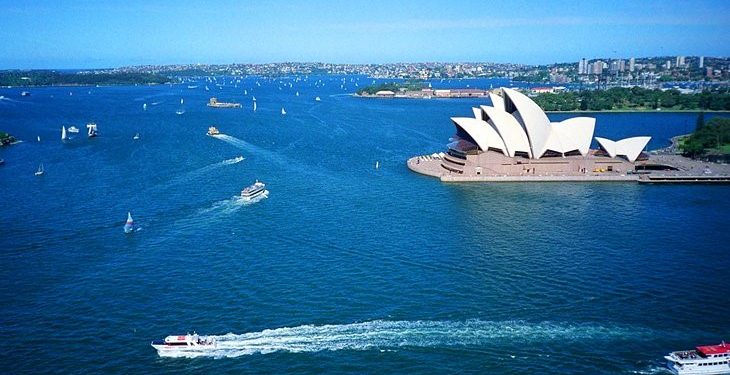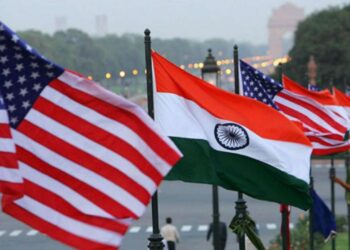Australia’s borders have been fully reopened for a year, and India has emerged as the first nation to surpass pre-COVID levels of tourist arrivals, with 383,000 Indian tourists visiting the country between July 2022 and June 2023. This marks a 3% increase compared to figures from 2018-19, as confirmed by a senior official from Tourism Australia.
The successful hosting of the ICC T20 World Cup in Australia played a pivotal role in achieving this milestone, according to the official.
Nishant Kashikar, the Country Manager for India and the Gulf countries at Tourism Australia, shared in an interview that India has now claimed the fourth spot among the top markets for incoming travellers, a significant rise from its pre-COVID seventh position.
Notably, Indian tourists spent around A$2 billion (approximately Rs 11,000 crore), representing a 16% increase over pre-pandemic levels. Kashikar highlighted that in 2019, India ranked seventh in terms of Australia’s inbound tourism markets.
However, in the past year, it advanced to become the fourth-largest market, following New Zealand, the United States, and the United Kingdom. While China’s recent reopening could potentially impact these rankings in the upcoming year, India’s interest in Australian tourism, particularly in Meetings, Incentives, Conferences, and Exhibitions (MICE), remains pronounced.
Several factors have contributed to the upsurge in tourism from India, including the growth of the Indian economy, a threefold increase in weekly direct flights, and the relaxation of visa regulations. Australia now offers three-year multiple-entry visas to Indian tourists, eliminating the requirement for physical document submission. Additionally, the validity of business visas has been extended by up to five years.
Air India has amplified its flight frequency from seven to 14 flights per week, compared to the pre-pandemic era. Qantas, on the other hand, operates eight weekly direct flights between Delhi and Bengaluru to Australia, with plans to potentially introduce more flights from 1 October.
Visitor profiles reveal that 62% of visits were for family and friends, 15% were for holiday purposes, 8% for business, and the remaining 15% included individuals travelling to Australia for employment or studies. Kashikar pointed out that approximately 100,000 Indian students are currently pursuing their education in Australia.
“Direct flights from Mumbai are not currently available. However, we anticipate that Air India and other airlines will expand their direct routes, enhancing connectivity and facilitating increased travel between nations. With nearly one million people of Indian descent now calling Australia home, we witness a substantial volume of friends and family-oriented travel,” he elaborated.
Over the past year, Indian tourists spent an average of A$5,800 per individual. In comparison, US tourists spent A$6,900 per person, the Japanese A$6,800, and UK citizens A$6,300.
To accommodate the growing influx of tourists, Australia has introduced 200 new hotels spanning various categories. This includes esteemed names like W and Ritz Carlton, contributing a total of 19,000 additional rooms since January 2021.











